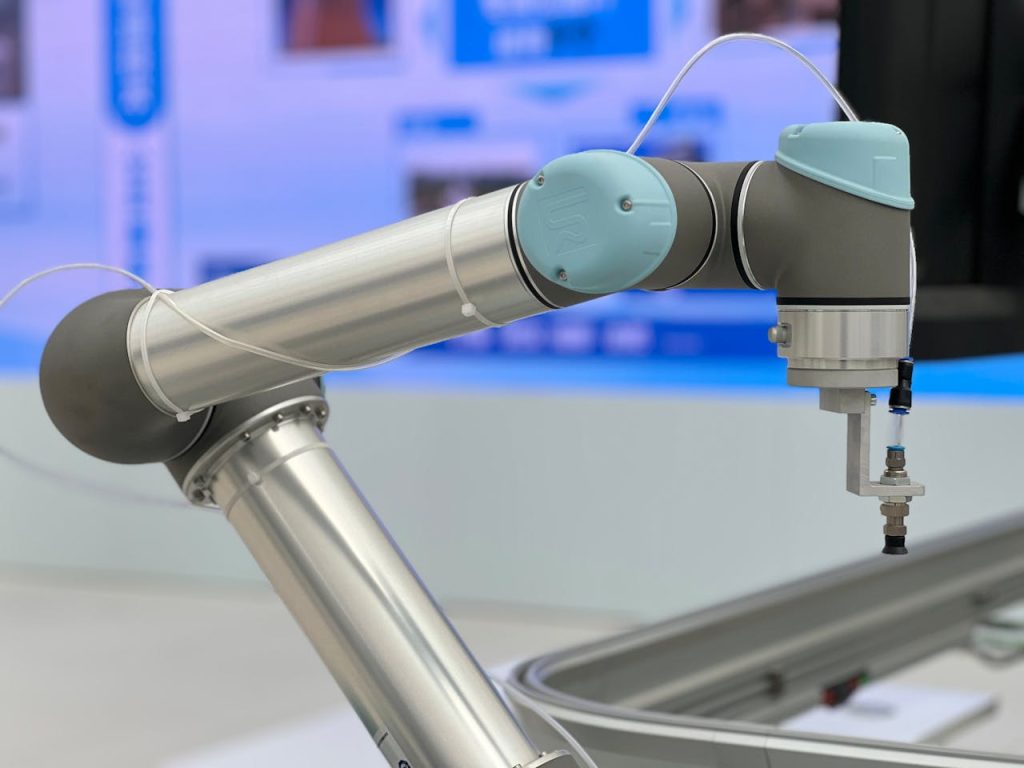There is no surprise that more and more manufacturers are looking to automate their production lines. So, industrial robots and cobots are now making a lot of inroads within the manufacturing industry. In addition, a lot of business processes are being further digitized, and companies are now embracing technology as a way to keep up with the competition. This trend is likely going to continue into the future.
In case you were wondering, here are a few trends and expectations that we plan on seeing in 2023 and beyond! So for those who are interested, make sure to continue reading until the end!
Manufacturers will focus on more flexible production
For some industries in the manufacturing sector, traditional industrial robots are still going to remain important. However, in recent years we have seen a trend where more companies are embracing a flexible production model, which is something that cobots are ideally suited to. This is because cobots are easier to deploy, as a result of their light weight, mobility, and versatility. Their interface tends to be user-friendly even for those who may not have a computer science or engineering degree, meaning they can be programmed and reprogrammed to do a variety of different tasks. Cobots are also designed to specifically work alongside humans, so they pose less risk to their safety. They are also better suited to environments that require a lot of flexibility and adaptability.
In fact, according to statistics, the cobot industry is expected to continue to grow to $2.2 billion by 2026, so we are expecting to see more and more cobots being implemented in production processes!
Cobots are gaining payload and reach capacity
While cobots are certainly already taking over a vast amount of the automation market due to their versatility and flexibility, there are still a few applications that they cannot do at the moment. This is because cobots tend to be smaller and more compact compared to their industrial counterparts, so items that require high payloads or long reach are simply not suited for cobots right now. The good news though, is that cobot manufacturers have been working on this development in recent years, so by 2023, we can expect to see that cobots are likely to meet this demand.
This means that cobots will likely be able to lift heavier objects in the future. So, this makes certain applications such as palletizing by cobots available to a larger group of manufacturers. So, make sure that you keep an eye out for this development in the coming years!
Plug-and-produce solutions make automation more accessible
When you want to automate a production line with a cobot system, it requires certain pieces of software, hardware, sensors, and interfaces in order for them to function smoothly. However, for specific automation issues, all these components need to be redesigned, which takes up a lot of time that could be better served elsewhere. Fortunately, plug-and-produce solutions such as palletizers and box folders, can be up and running in no time at all. They generally only require a few minor modifications. The robot gripper that is being used to pick up the object needs to be decided beforehand. With the corresponding software, the robot’s path can be easily set. As a result, automation thus becomes quicker and easier than ever before to implement. So, it is expected that we will likely see more and more applications of this type in 2023 and beyond.
Customers will be central to product development
Similar to the above, 2023 will see an increasing focus on customer solutions. This is because as the automation market matures, customers will be increasingly aware of their needs and can thus provide more valuable input regarding product development. As a result, more and more robotics companies will collaborate with their customers on product development in order to work together to find a proper solution to their needs. Customers can also influence the product they are going to buy, while at the same time providing enough valuable feedback for the robotics company to work with.
Robot installations will continue to rise
According to the IFR World Robotics Report, it has shown that the number of robot installations reached a record high in 2021, and in fact, has increased by 31% from the previous year. In 2022, while this growth is slightly slower, this could be chalked up to current events and global uncertainties at the time, as well as the scarcity of electronic components.
All that being said, the upward trend of cobot automation is expected to continue to rise in 2023. This is mainly because companies all over the world are facing a lot of skilled labor shortages at the moment. The reasoning for this is that we are slowly transitioning to Industry 5.0, which is where working alongside robots will in turn create a more people-centric, sustainable, and resilient industry.

